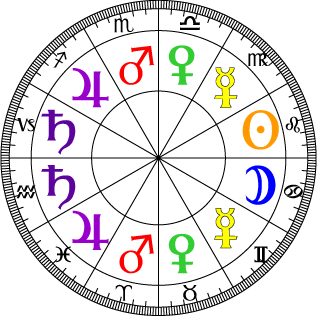JUPITERASC
Well-known member
Many of our members are beginnersDoes anyone say otherwise?
Sun and Moon rule one sign each. That's true in every branch of astrology. That would give them one house each, unless there are double house cusps in Cancer or Leo, which can happen in every house system except whole sign and equal house. But I take it that's not what you're referring to?
Or are you talking about the way traditional astrologers assign rulership by exaltation (at least, some of them do)? Going by that, the Aries and Taurus houses of a chart would have Sun and Moon, respectively, as their secondary rulers. Are you making a case against that?

and for those, the illustration clerly shows that traditionally
there are seven visible "...planets..." aka "...stars..."
five of these visible classical planets are:
Mercury, Venus, Mars, Jupiter and Saturn
each of which rules two houses
the remaining two classical traditional visible "...planets..."
are a SUN and a MOON
each of which rules only one house


